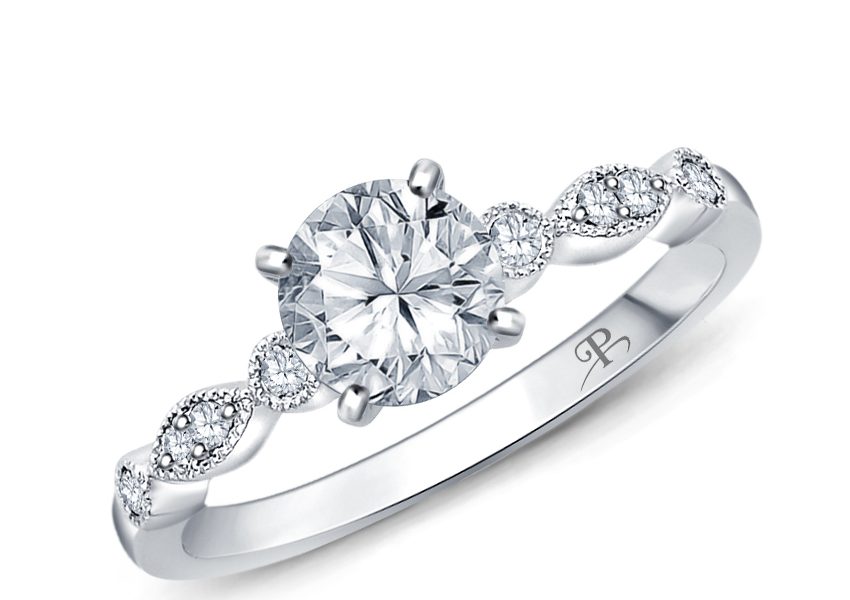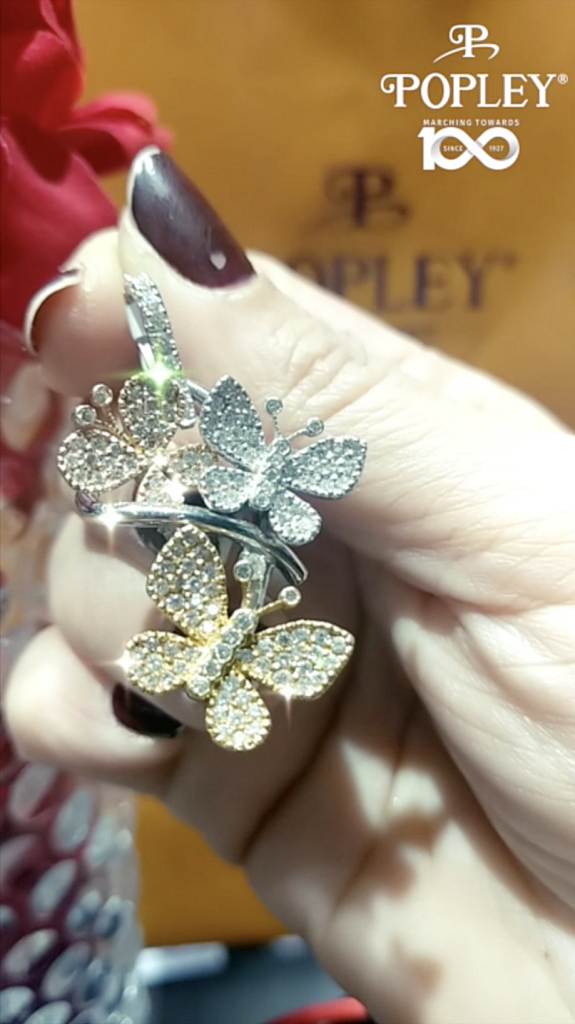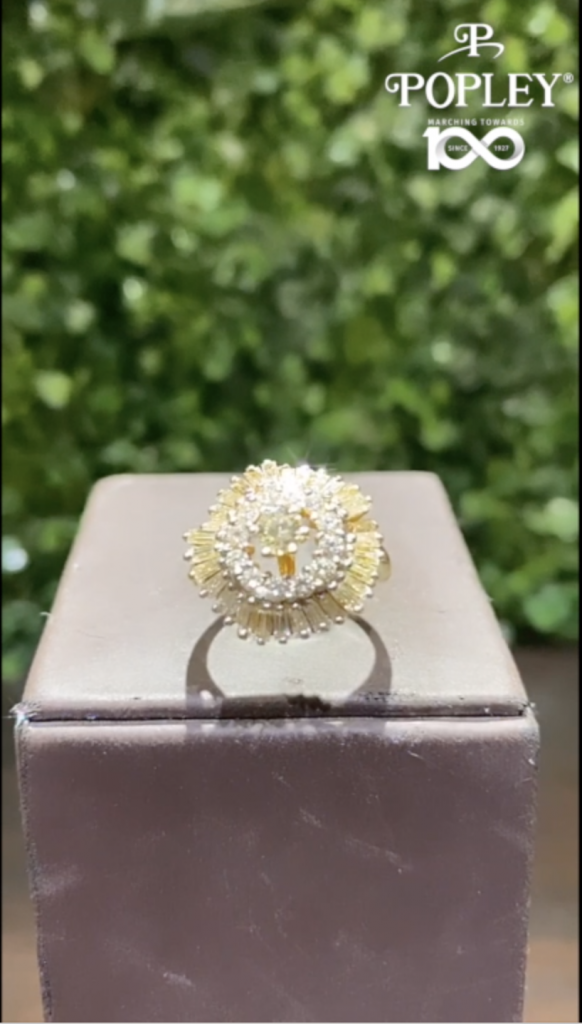
Even as 2020 marches on and we shift from Spring to Fall collections amidst a global pandemic, luxury retail has been finding new avenues to bring products to customers. Sales may have slowed in the summer months as a result of fewer in-person interactions and limited visits to brick-and-mortar luxury boutiques, but as the air of the lockdown settles, patrons are indulging themselves in “revenge buying” as they get a chance to visit their favorite brands in person again. But customers are still wary of visiting stores in person in the “new normal”; we are in a global economic recession, and there has been a 63% decline in spending on clothing in the Unites States alone! So why aren’t luxury retailers keen on discounting their products to boost sales?
Luxury brands spend copious amounts of time and money in pursuit of cultivating a distinct “brand image”. They associate this image with a guarantee of quality, ensuring the product meets a certain standard. Moreover, luxury products serve as symbols, not only to the owner but to the outside world as well. They signify a certain socio-economic status, and fulfill more than the simple need that the product tends to serve. The high price point of the brand’s luxury product is not only a marker of the cost of a high-quality product and the brand name, but it is a “gatekeeper” for the target customers, highlighting the affluence of patrons and associating them to a higher level of esteem. This is why discounting is not a pricing strategy most luxury brands are too happy about.

Rodrigo Bazan, the CEO of luxury label Thom Browne, feels that “incredible work goes into design, development, manufacturing, marketing, and presentation of the product through retail…to cut it so short and have strong promotional activity so early is unfair”. Just a summer of consistent marking down of price on an online retail outlet can lead to an 80% markdown on the original price of a product, which customers have now grown to expect. They swoop in to make purchases after discounts since many consumers do not mind sporting products from earlier seasons. Many luxury creators feel that it is time to reconnect their audience to the creative process behind their product, illustrating the unique ways in which they distinguish their brand from a commonplace substitute. As COVID-19 rocks the world, luxury brands are still maximizing efforts in providing the same experience and service with their products, ensuring sustainable practices, fair pay, design integrity and keeping up with the latest fashion trends. These are all markers of a true brand, and this is why even as sales slow in many other sectors, luxury sales cannot take a beating on price point during the pandemic.
Popley recognizes this process and the importance of maintaining practices that make it a luxury brand even when facing the difficulties of COVID-19. Rocked supply chains, limitations to store visits, strict lockdown in workshop localities are all a part of the harsh reality that we are calling the “new normal”. Despite these complications, the brand continues to strive towards its high standard of product excellence and customer satisfaction, a clear testament as to why discounting is not an ideal practice in luxury. As Lane, Crawford and Joyce’s Andrew Keith puts it: “we should all be ensuring our customers understand the inherent value of luxury”.

